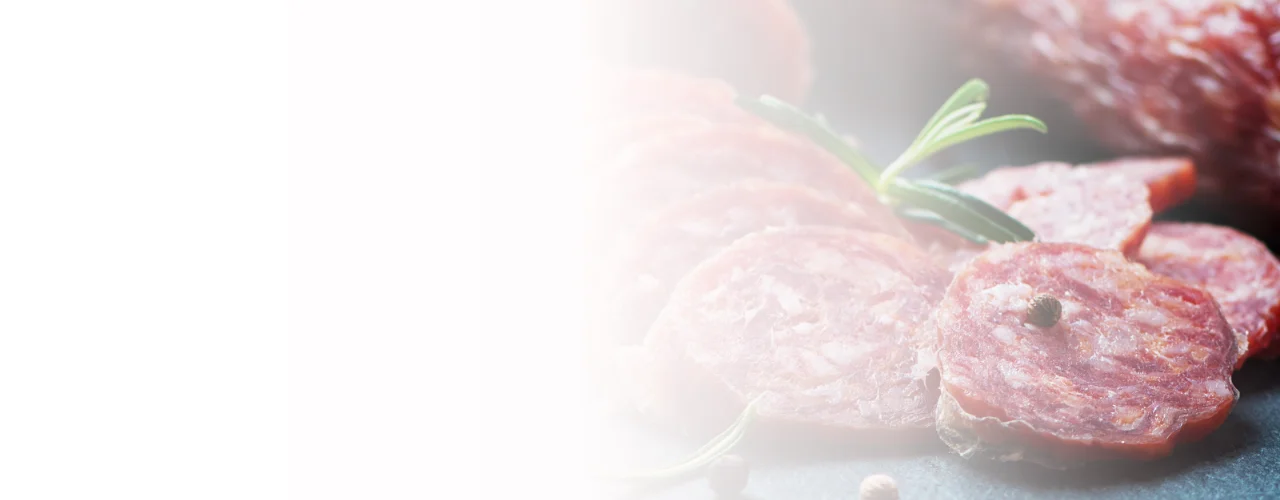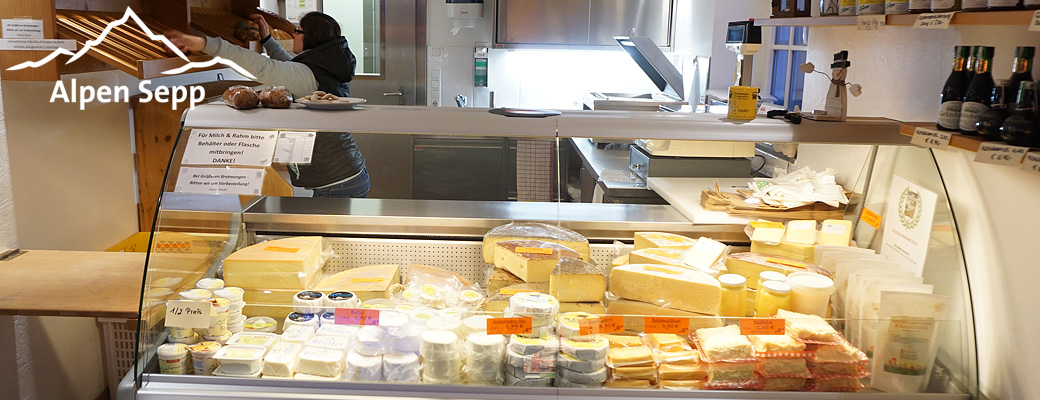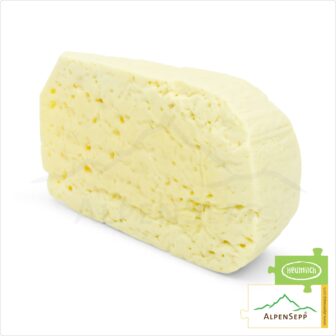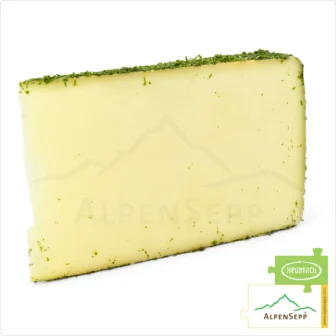News
The new EU Food Information Regulation (LMIV)
The new EU-wide Food Information Regulation (LMIV)
Now it is here, the EU Food Information Regulation (LMIV), valid since 13 December 2014.
From now on, our cheeses are therefore supplemented with the table “Nutritional value” in the cheese descriptionCheese packaging must have certain markings. The purpose of these markings is to protect the consumer from deception and to announce the supply of certain information about the product. » More info.

The background and aim of the EU regulation was and is to prevent the current labelling regulations from being fragmented. First and foremost, the new Regulation therefore brings together existing legislation. At European level, it replaces the previous Labelling Directive 2000/13/EC and the Nutrition Labelling Directive 90/496/EEC.
National provisions which have implemented these directives to date – the Food Labelling Regulation and the Nutrition Labelling Regulation – will lose their effect with the entry into force of the new regulation.
What must be stated on food in the future and what does this mean for our online cheese shop?
Nutrition labelling for food now mandatory
The parliamentarians of the EU agreed on a mandatory nutrition label. This is done in the form of a table per 100 grams or 100 millilitres. Up to now, nutritional information has been largely voluntary.
In all EU countries it is now mandatory to list the calorie content and the six nutrients fatThe dry matter refers to that portion of the cheese that remains after removal of the water contained. The more water is removed from the cheese, the lower its dry matter and vice versa. » More info, saturated fatty acids, carbohydrates, sugarPeople with lactose intolerance can not or only insufficiently digest milk sugar (lactose or lactose). » More info, proteinCasein is a constituent of the protein (protein) of cow's milk, which is obtained for cheese production. » More info and salt on pre-packaged food.
The new, mandatory nutrition labelling must now be presented in a clear table. However, it is up to the manufacturers to decide where this should appear on the packaging.
The allergen labelling is highlighted optically.
Allergens are now subject to more extensive labelling requirements as a result of the Food Information Ordinance.
Previously, allergenic ingredients had to be clearly labelled in the list of ingredients. In future, allergens will also have to be highlighted visually, for example by using a different font or background colour.
The obligation to provide information on allergens now also applies to unpackaged foodstuffs, so-called “loose goods”. However, the manner in which this labelling is to be carried out has yet to be determined by the individual EU Member States. National regulations will then follow.

Very positive – Marking of origin for meat
Since the year 2000, the labelling of beef originProtection of origin or protection of origin are statutory regulations. » More info has been compulsory. In future, this will also be compulsory for pigmeat, sheepmeat, goatmeat and poultrymeat.
The feasibility and usefulness of further rules on origin labelling will only be demonstrated by a so-called “impact assessment” by the European Commission.
This will clarify whether other types of meat and meat as ingredients as well as milkCheese milk is the milk intended for the production of cheese, also with the concomitant use of buttermilk products, cream products, sweet whey, sour whey and whey cream (whey cream) » More info and milk products will also be subject to the labelling obligation in the long term. It also remains to be seen whether the place of birth, rearing or slaughter of the animals or all three of them will be required. The EU Commission must issue concrete implementing regulations within two years.
Very positive – “analogue cheese” and “sticky meat” are easier to recognise
Thanks to special labelling regulations, consumers will be able to recognise so-called food imitations more easily in future!
To protect consumers from consumer deception, products such as analogueVegan cheese, analogue cheese, artificial cheese or cheese imitation are food products that resemble cheese cheese when compared to real cheese. » More info cheese must now be labelled with the substance used as a substitute in the immediate vicinity of the product name and in a prominent size.
Meat or fish products which could give the impression that they are a grown piece, but which are made up of smaller pieces (e.g. so-called sticky meat), must in future be clearly identified by the words “made from pieces of meat or fish”.
Maybe still too small? Better legibility due to minimum font size!
All mandatory information must now be clearly and legibly displayed in a clearly visible place with a minimum font size of 1,2 mm.
» Further information from the Federal Ministry of Education and Research
Conclusion on the new LMIV Regulation
The new Food Information Regulation promotes, at first sight at least, the conscientious and honest production of food and thus creates more clarity for the consumer when buying food. To what extent does this lead to complicated and expensive additional burdens for small, regional producers, is an interesting question?
The regulation ensures that the nutritional information on packaging, which has hitherto been largely voluntary, is made uniformly binding throughout the European Union. The information will be more comprehensive and easier to read.
Criticism of the Food Regulation
» deutsche-handwerks-zeitung.de


































